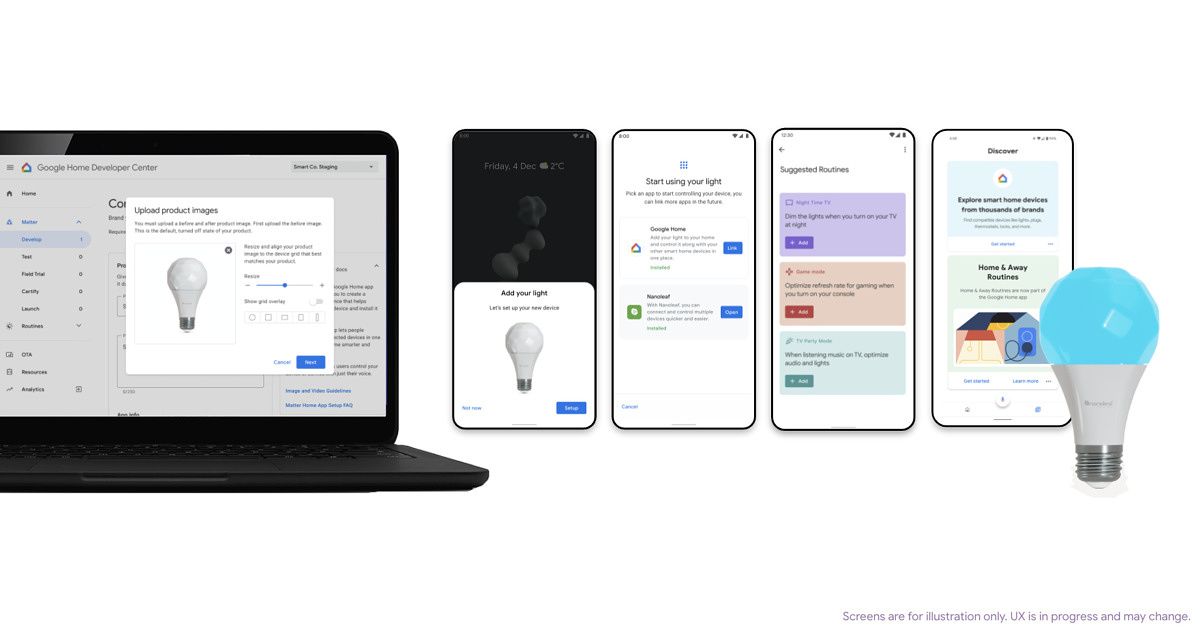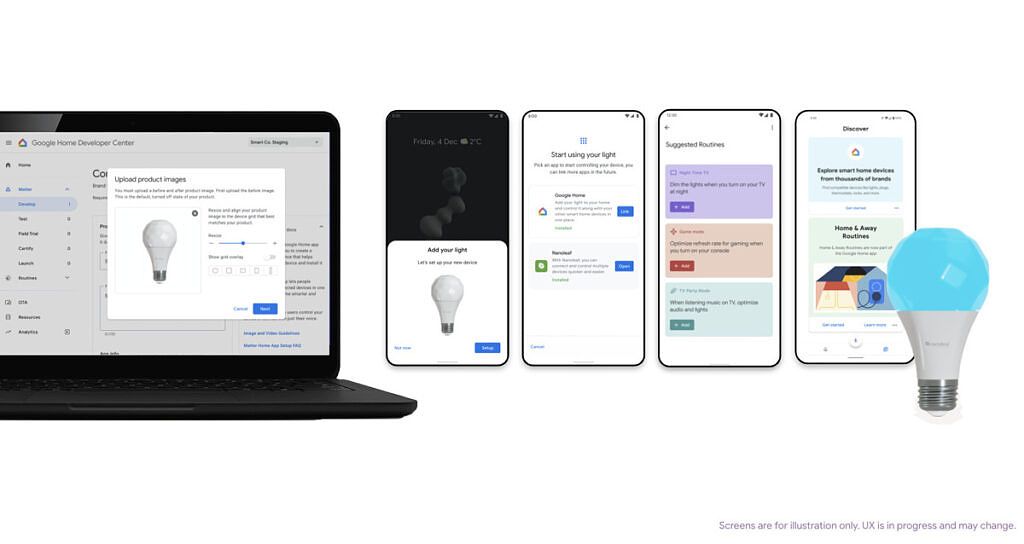The Google Smart Home Summit 2021 is underway, and Google has a few key announcements to make. Google has announced a new Developer Center and two new SDKs, and now it is extending concepts like Suggested Routines to Matter.
Expanding Google Home
Google is taking the opportunity at this developer summit to expand the idea of Google Home. The IoT ecosystem has expanded into tens of thousands of smart devices in the past few years, and Google themselves has a fair few devices like smart speakers and displays. Google is rechristening its entire smart home platform as well as the developer program as "Google Home".
By bringing our platform and tools under the same roof, it gives us a simpler way to show you why and how integrating your devices with Google Home makes them more accessible and helpful across the Google ecosystem.
This branding then spills over to the other announcements of the day, namely Google Home Developer Center, Google Home Device SDK for Matter devices, and Google Home Mobile SDK. It gives developers and users a more defined branding that foreshadows a connected and smart home under the blessings of Google.
Suggested Routines
One of the foundational essences of a smart home is the ability to automate. But with smart devices spread across multiple brands and categories, this automation may be difficult to conceptualize and bring to life for both users and developers. This is where Suggested Routines comes in.
Google wants to help smart home developers nudge users to combine their smart devices with their other smart devices into a coordinated routine. These routines use context, triggers, and Google's intelligence to increase the overall usefulness of a smart home comprised of multiple devices. In the new Google Home Developer Center, Google will allow developers to create their own suggested routine that users can then discover directly in the Google Home app. Routines can carry the developers' own brand, and suggest new ways for users to engage with their devices, and enhance the overall utility by coordinating them with other devices and context signals in the smart home.
Engagement beyond Google Home
For a smart home product developer, their own product is of great importance. And so it makes that even though Google Home compatibility would be a useful addition to the device, the product branding needs more avenues and experience surfaces to pop out to the user.
Google recognizes such need, and the following are ways where developers can fetch engagement beyond Google Home:
- Customizable setup flows built into Android and Google Home that let users experience the magic of the smart device with just a few taps right out of the box.
- Native Matter apps on Android that users can discover and connect to in one streamlined setup flow.
- Suggested routines to help users do more with smart devices.
- New ways for users to discover and use a smart devices’ capabilities within the Google Home app.
- The new Google Home Developer Center that brings developer and marketing tools together in one place, to help developers and their teams quickly bring all this to market.
User Discovery
Back at its Matter announcement earlier in the year, Google had also announced the Smart Home Directory. The website gives consumers an easy-to-use resource for discovering smart devices compatible with Google, and the experiences they can create with them, whether with a single device or using multiple devices together with automations and routines. Google will be continuing to expand the site with more use cases, addressing the needs of both beginners and more sophisticated users looking to grow their smart homes and get more out of them.
What are your thoughts on Google Home's expanded branding into Google's ecosystem? Let us know in the comments below!


